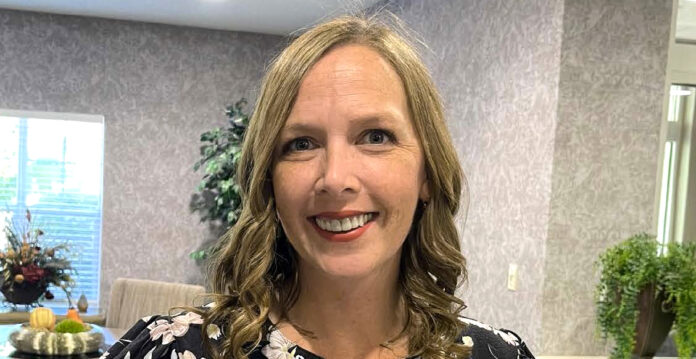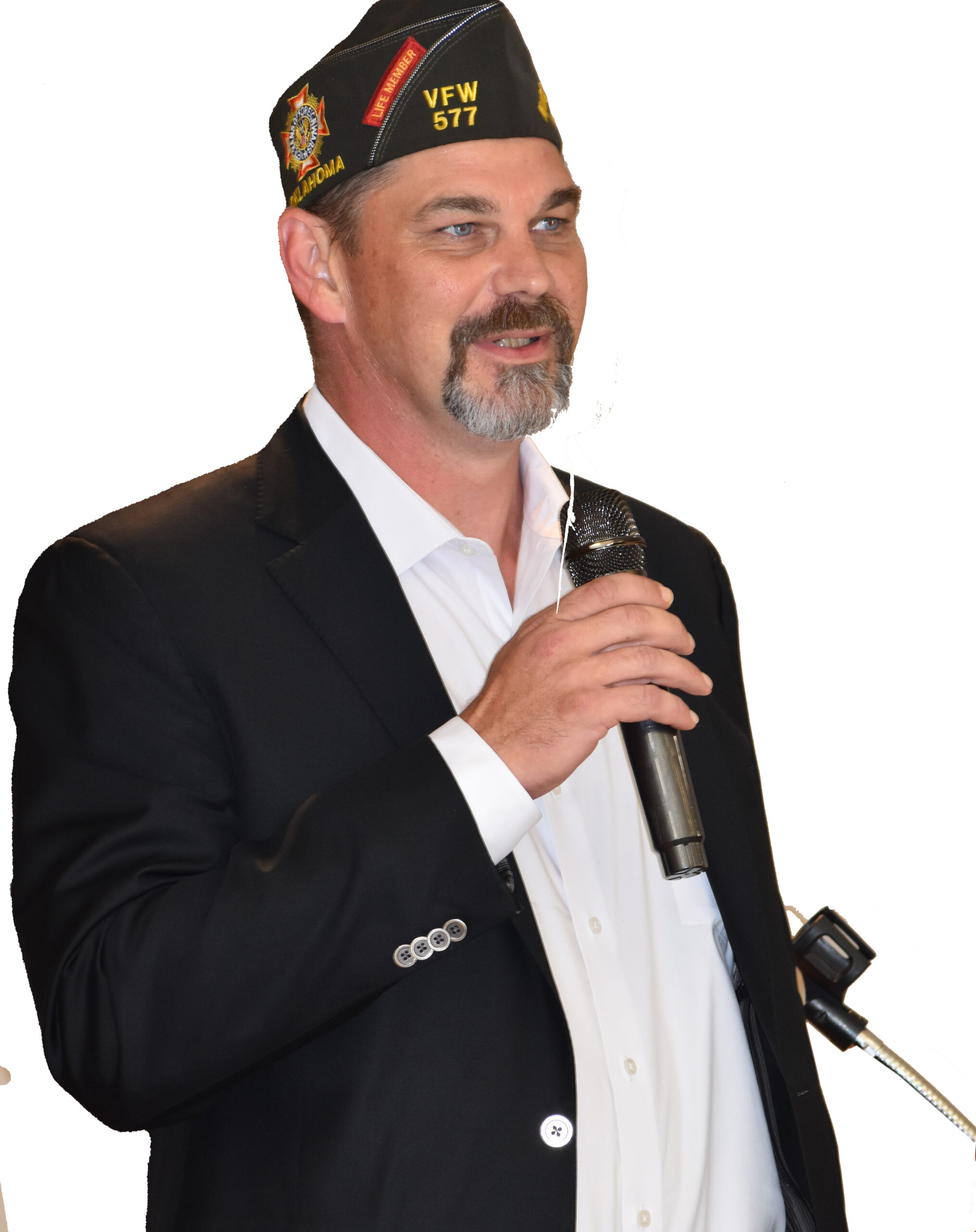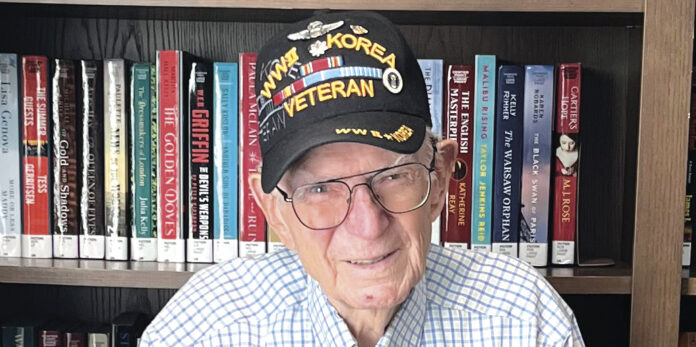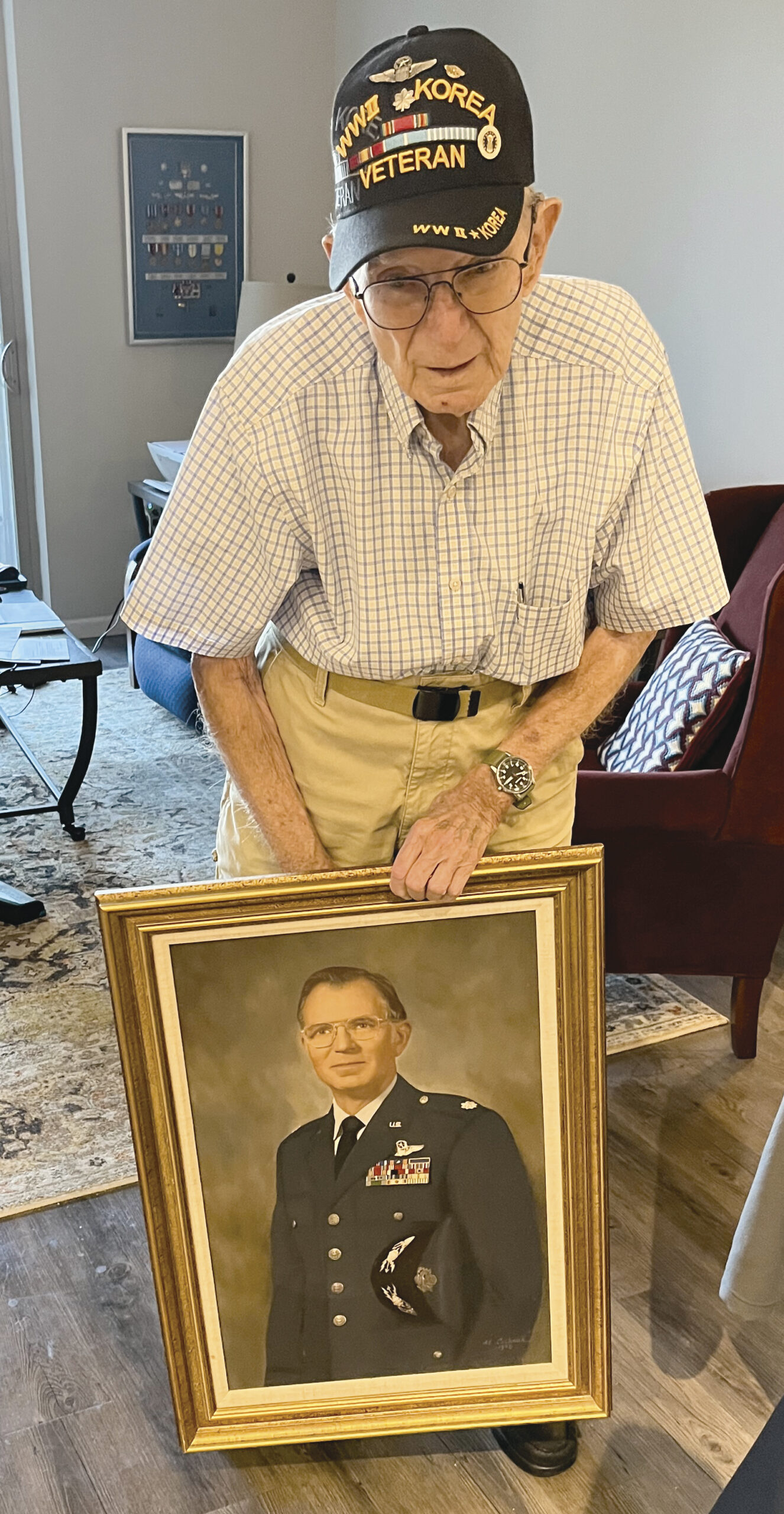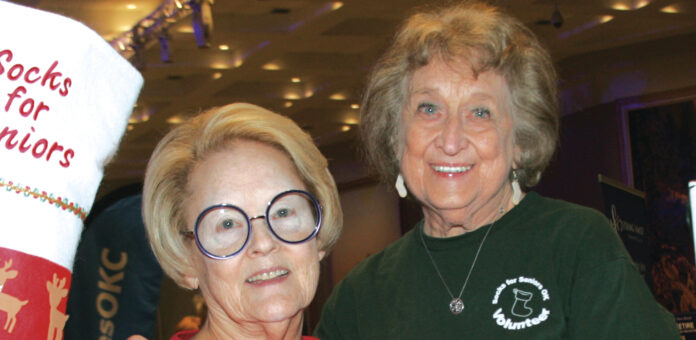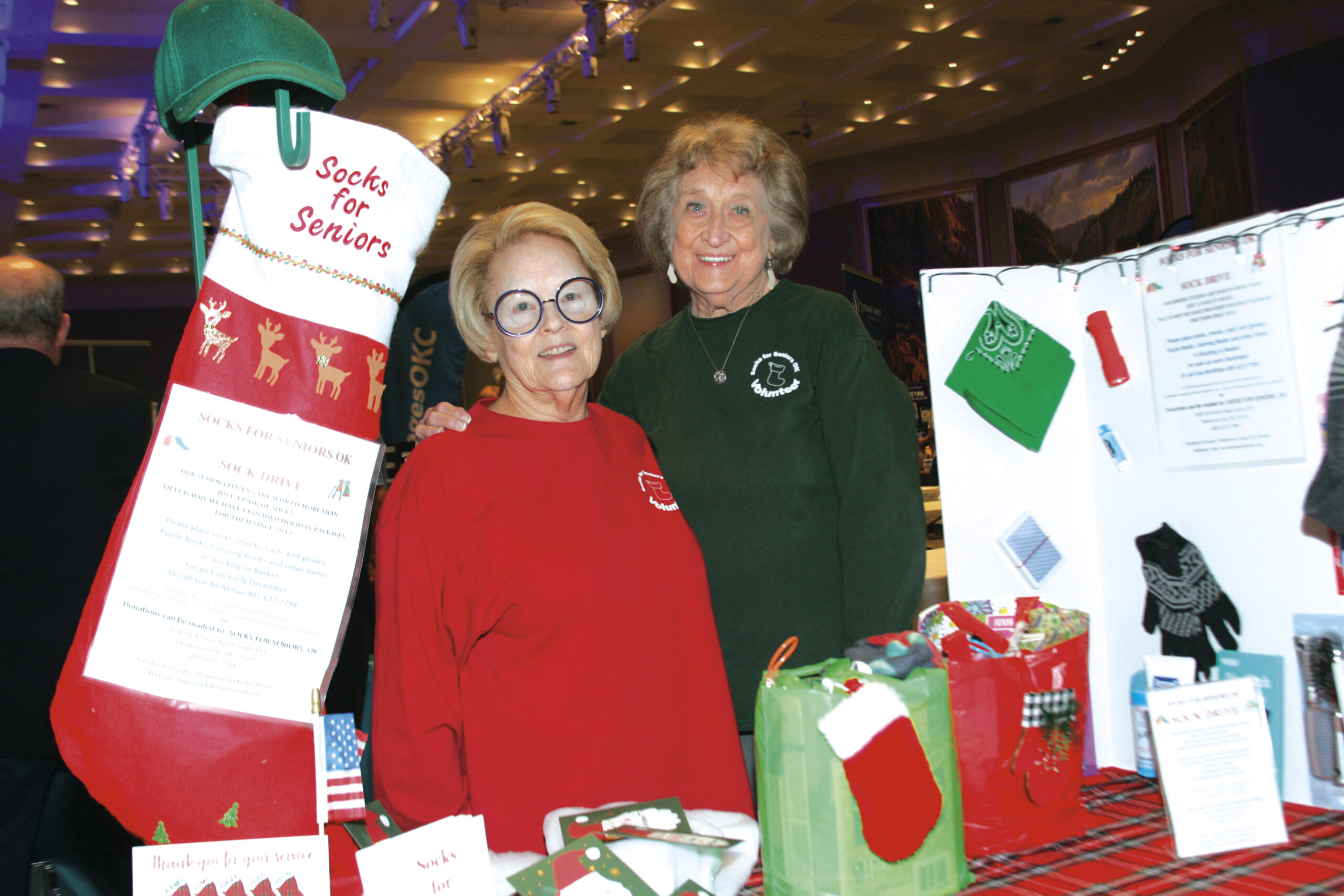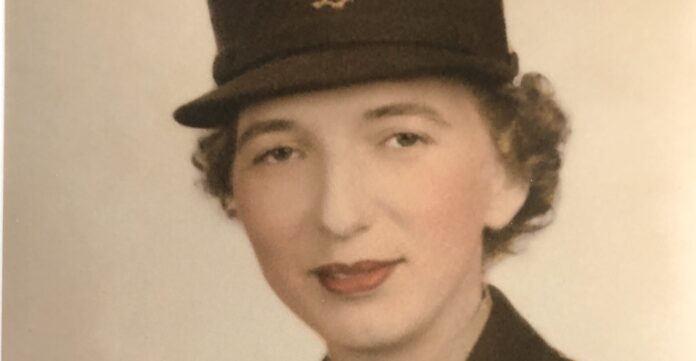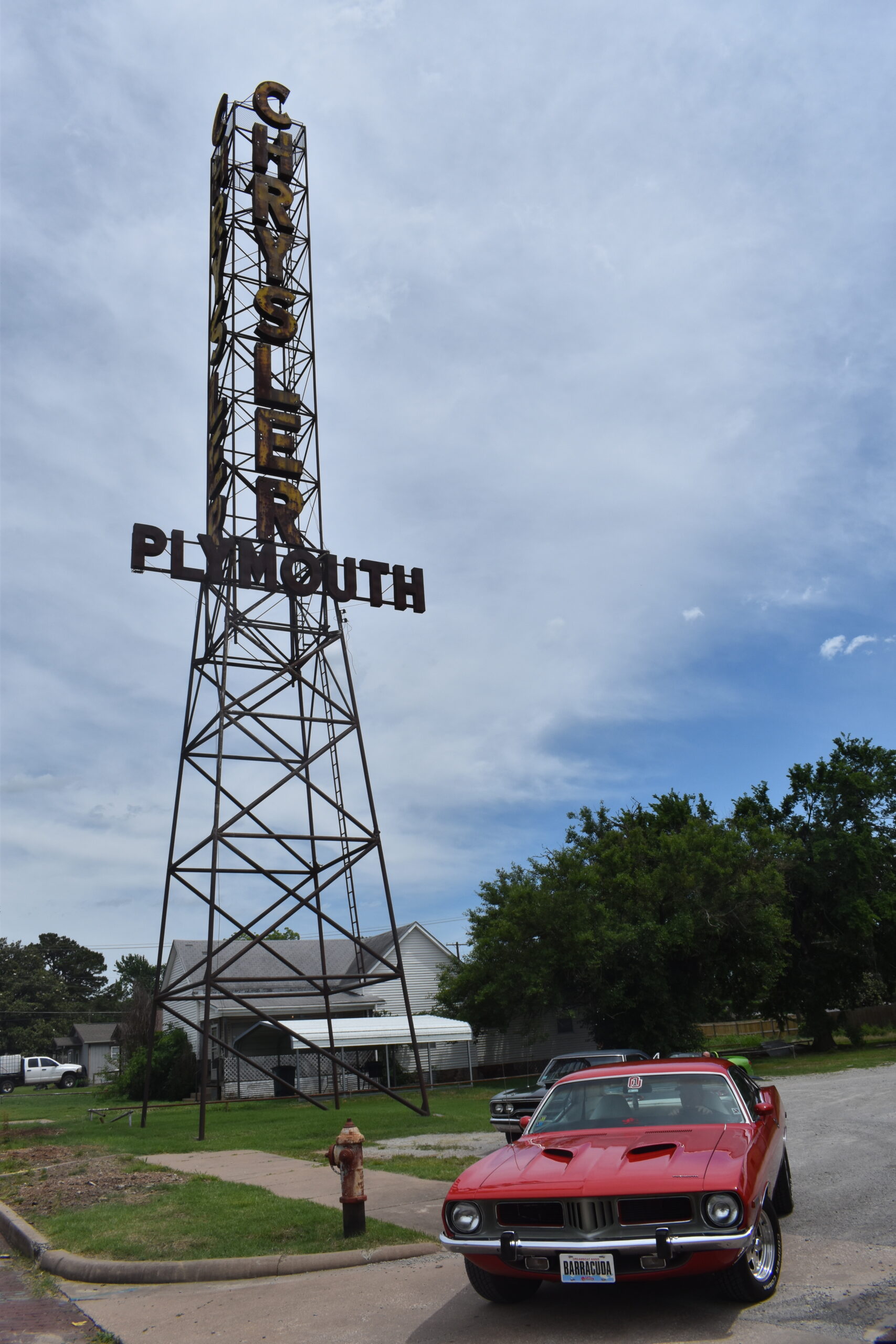
Jessica Ledford.
People of all faiths love living at Saint Ann Assisted and Independent Living and say it is one of the nation’s top senior living communities. Concierge services enhance the fun and friendly culture and the home’s focus on providing top-notch amenities and lifestyle.
Do you ever wish you had a personal assistant or someone on hand for certain situations? Saint Ann Assisted and Independent Living provides a 24-hour Concierge for residents’ convenience. Concierge Director, Jessica Ledford, embodies the heart of Saint Ann’s mission to ease and enrich residents’ lives. Deeply committed to providing exemplary service, Jessica loves being there for people. Whether it’s a postage stamp, a finicky phone, or something more serious, Jessica is quick to offer help with a smile and a hug. As well as being a devoted wife, mother, and avid gardener, Jessica is a bona fide sports fanatic. She gets everyone fired up for game days. Her competitive spirit keeps things amusing as she arranges trivia contests, sports brackets, and contests for everyone to enjoy.
Saint Ann Assisted and Independent Living is a ministry owned and operated by the Archdiocese of Oklahoma City. People of all faiths love living there and say it is one of the nation’s top senior living communities. Concierge services enhance the fun and friendly culture and the home’s focus on providing top-notch amenities and lifestyle.
The Concierge desk is open around the clock to assist people in a myriad of ways. It functions as an information hub and is staffed by people who go the extra mile to simplify residents’ lives. From notary services and making copies, to opening jars or helping navigate online portals, Saint Ann’s Concierge is devoted to making residents’ lives easier. The Concierge department coordinates transportation to doctor appointments two days per week. It also manages daily deliveries from all types of stores, florists, pharmacies, and other vendors. The Concierge orders room service meals and reserves guest apartments and event areas for private parties. At its core, having a Concierge available day and night helps give residents peace of mind because they know someone is a phone call or short walk away. In assisted living, staff are also available to assist residents with personal care, medication administration, and individualized services.
Jessica Ledford manages the Concierge department. Trained as a massage therapist, Jessica says that, “Human touch is so important. Feeling a gentle hand on the shoulder of the warmth of a hug can be so comforting. Such a simple gesture lets residents know they are cared for.” Jessica is a true confidant-a sympathetic ear and a comforting shoulder, willing to take time to offer reassurance, kind conversations, or a heartfelt prayer. Jessica builds a personal relationship with residents as well as their families. Clarita, an independent living resident said, “Jessica is such a delight! Everyone in my family knows her, including my brother in Germany!”
After normal business hours, the Concierge staff also help with maintenance and housekeeping tasks like trash collection, replacing batteries, and resetting TV’s. Thanks to the Concierge, aromas of fresh coffee and cappuccino fill the “Beverage Bar” daily where people linger to laugh and chat.
At times, the Concierge Department is on the frontline in identifying potential health issues with independent living residents. Daily interaction with residents sometimes leads to noticing a change in cognition, mobility, hygiene, or behavior. If something seems off, the Concierge can help alert families. This heads-up often expedites the medical attention, medication adjustment, or in-home care that residents need. The Concierge makes “wellness checks” on independent living resident when requested by others or it is noticed they are conspicuously absent from events or dining. If a resident is unwell, the Concierge will order a complimentary room service meal delivered to their apartment.
Families say knowing the Concierge is on-site and available for their loved one is a tremendous comfort and asset. The Concierge department conducts security checks of the building, monitors cameras, and tracks weather events. They are trained in emergency preparedness protocols like putting out first floor hallway seating during tornado watches.
Saint Ann Assisted and Independent Living has an outstanding life-enrichment program with numerous activities, entertainers, and things to do. Thanks to the evening and weekend Concierge, residents enjoy even more socials such as Thunder watch parties, weekend chair-volleyball practice, movies, Monday night hymn sing, and Friday night bingo.
Independent living resident, Michelle Tuttle, said, “Living at Saint Ann is like living on a cruise ship!” With housekeeping, maintenance, dining, and the Concierge on call, I don’t need to worry about anything. I can just relax and have fun.” Residents agree, Saint Ann’s Concierge Department is a blessing and a mainstay to Oklahoma City’s premier Senior Living Community.
Saint Ann Assisted and Independent Living is located at 7501 West Britton Road in Oklahoma City between Council and Rockwell. Call Lisa or Jessica at (405) 721-0740 for a personal tour to see all Saint Ann has to offer. • story by Van Mitchell, staff writer


